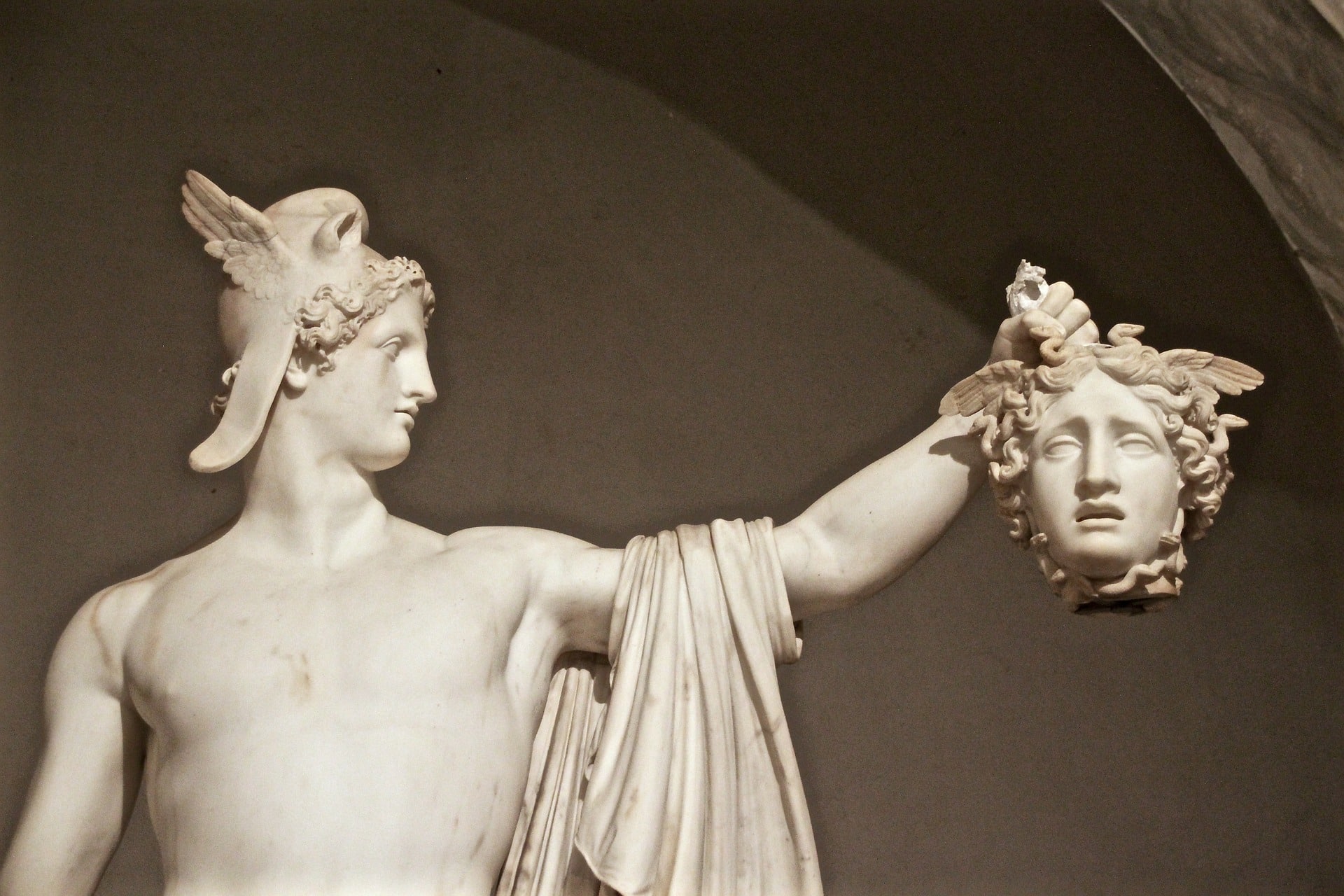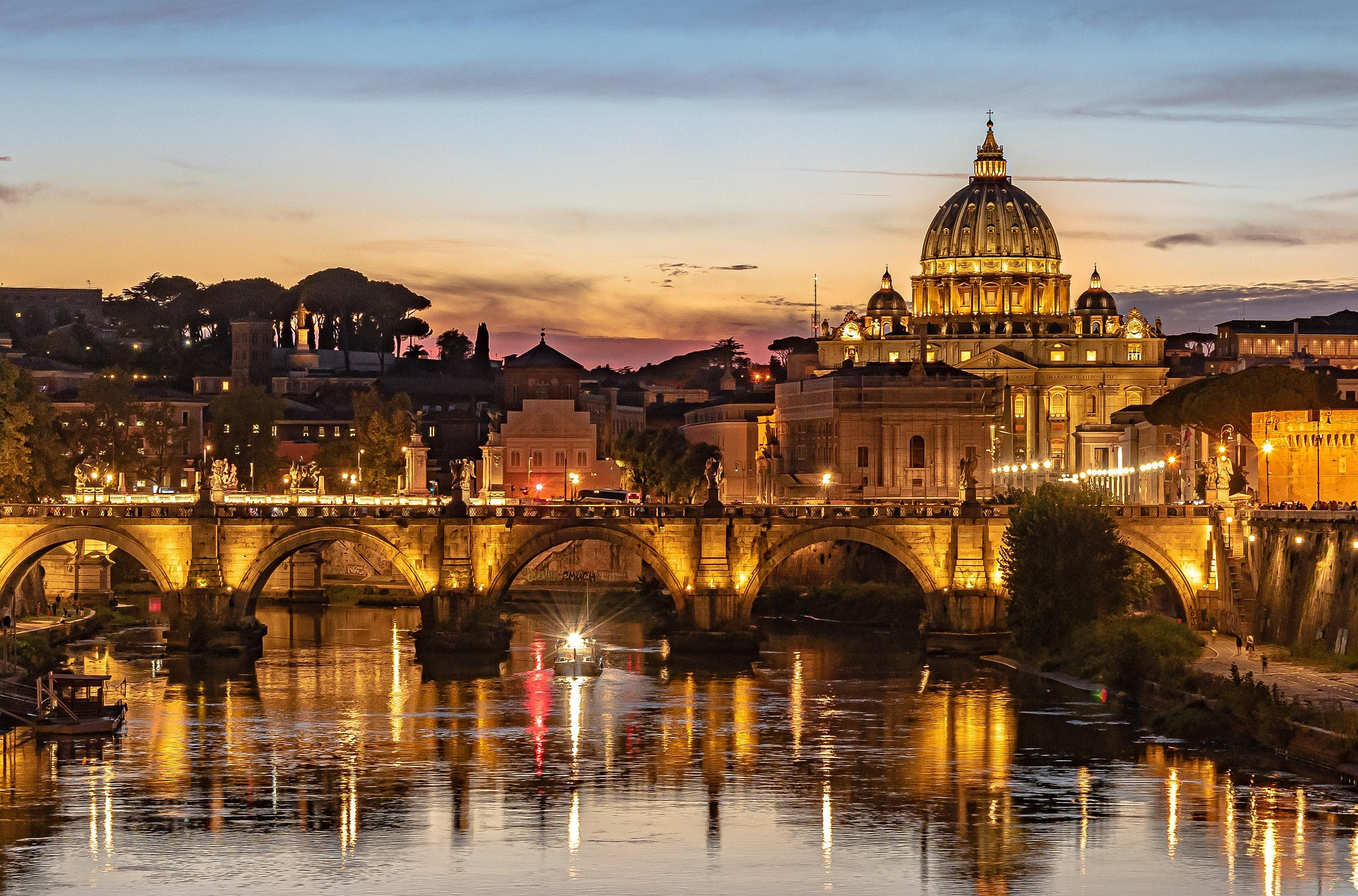
Two hundred years ago, on October 13, 1822, Antonio Canova died in Venice, a famous artist, appreciated by popes, kings, emperors, who enclosed grace and beauty in the whiteness of marble, through timeless works, precious icons of a new classic style.
That death, which was unexpected in various ways, aroused a deep and widespread emotion but also an absurdity. dispute over the remains of who had been defined, not mistakenly, as the new Phidias.
Disputes after the death of Antonio Canova
This is the story of what happened after the death of Antonio Canova, a story with Gothic overtones, made up of dissections, disputes over the parts of the body to keep, and three officiated funerals.
He died in his precious Venice
Venice, Sunday, October 13, 1822. It was just after seven in the morning when, at the home of Antonio Francesconi, a descendant of the better-known Florestano Francesconi, who in 1720 had opened the Caffe Florian In the lagoon city, the air becomes tense, decidedly dismal, due to Antonio Canova's state of health that made one fear the worst.

Antonio's last trip to Venice
The great sculptor went to Venice to greet his dear friend Francesconi, thus taking a short break before resuming his journey to his native Possagno, where he hoped to regain the strength that seemed to have left him long ago. In fact he had yet another job to complete that sleeping nymph started a year earlier.
But shortly after arriving in Venice, the sculptor's health rapidly deteriorated. The gastric pains became terrible and did not give her respite. On October 13, 1822, at 7.43:XNUMX a.m., Antonio Canova died.
For Leopoldo Cicognara, former president of the Venice Academy of Fine Arts, as well as being a close friend of Canova, the causes of death were linked, as he wrote in the sculptor's biography, to unresolved gastric and biliary problems but also to a deformation of the sternum, which occurred after prolonged use of the drill, the handle of which was constantly resting on the chest.
The senseless fight over the remains of Antonio Canova
The news of Canova's death spread quickly through the Venetian streets, causing bewilderment, disbelief, emotion, feelings identical to those experienced in Paris, Vienna, Rome, Berlin, Saint Petersburg, London and many other European cities. The name of the great sculptor, thanks to his innumerable works, sounded everywhere. Among all his works, statues, busts, bas-reliefs, cenotaphs stood out... And that made him famous everywhere.
But it wasn't all beautiful and wonderful... almost immediately, an incredible and strange dispute broke out in the circles close to the sculptor around his body, or rather, some parts of it. As if we were talking about a macabre canvas with anatomical and at the same time gruesome touches. A story that seems taken from a medieval tale, as if it were a medieval saint from whom to obtain precious relics to be exhibited ab eternity for the morbid curiosity of some admirers.
Who disputed parts of his body?
The singular dispute was above all between his native Possagno, which claimed the remains of his most illustrious fellow citizen, and Venice, opposed to handing over his adoptive son who took his first decisive steps in the lagoon city, giving birth to wonderful works such as Daedalus and Icarus, or Orpheus and Eurydice that Canova began to sculpt at the age of sixteen, fascinated by the myth narrated by Ovid in the Metamorphoses.
In the end, the dispute was resolved in decidedly macabre fashion. During the autopsy, Antonio Canova's heart was removed and it was kept in a porphyry urn, which was kept temporarily at the Academy of Fine Arts in Venice. Later the urn was definitively transferred to the Venetian church of the Frari. It was kept inside the pyramidal monument erected in memory of the sculptor by his own students who, in his design, were inspired by the funerary monument that Canova himself had created in honor of Maria Cristina of Austria. It was based on the project, never completed, for a monument to Titian.
Egypt and Antonio Canova
The cenotaph of Maria Christina in the Augustinian church in Vienna, which Stendhal considered the most beautiful funerary monument in existence, was, above all because of its original pyramidal shape, an obvious tribute by Canova to the passion for ancient Egypt that the sensational discovery of the Stele of Rosetta had set him on fire again.
But let's go back to Canova's body and that artistic dissection that affected not only his heart. During the autopsy session, Canova's right hand was also amputated, a tangible symbol of the genius of the Treviso sculptor.

The 3 funerals of Antonio Canova
But Canova's post-mortem story is marked not only by lurid dissections but also by the execution of three funerals, digital demonstration of the everlasting fame of the Venetian artist.
The first was held in Venice, three days after death. To host the solemn funeral of Antonio Canova is the splendid Basilica of San Marco. The funeral was officiated on October 16 by the Hungarian Giovanni Ladislao Pyrker, named Patriarch of Venice two years earlier by Pope Pius VII.
On October 25, 1822, the the second funeral, this time in his native Possagno, in accordance with the wishes that Canova himself had expressed on several occasions. It was a more intimate function where he even got the whole city of Treviso involved.
Finally it is Rome's turn. In the Eternal City, where Canova's genius had definitively established itself, where the last of the three funerals took place. On January 31, 1823, in the crowded Basilica of the Santi Apostoli, the funeral was held in honor of Canova. Among the hundreds of people who came to the church was also Giacomo Leopardi, who was a great admirer of the sculptor for a long time.
Abbot Melchiorre Missirini delivered the funeral oration. He was a friend and trusted man of Canova, but, according to the chronicles, the words pronounced by the priest were not meant to be recorded. In fact, many judged it inadequate to immortalize Canova's enduring fame.
Two works by Antonio Canova, winged Cupid and Eros type Centocelle
Winged Cupid and Eros type Centocelle, Antonio Canova
Among the detractors of that sentence was also Leopardi who, the same night as the funeral, during a dinner in the Roman house of Cardinal Angelo Mai (that Mai to whom the poet had previously dedicated famous verses) criticized that the intervention was too slow.
It is a pity that when Leopardi made this comment, he did not realize that Missirini was also among the diners, that he would not share that "poetic" opinion.
Regarding the tripartite division of Antonio Canova's body, the great art historian Roberto Longhi, who was not a big fan of the Venetian sculptor, ironically wrote in his «Five centuries of Venetian painting»:
«Canova was a stillborn artist, whose heart is in the Frari, whose hand is in the Academy, and the rest I don't know where»*
When Roberto Longhi wrote these words, Canova's hand was still kept in Venice. And then it was definitively transferred to the funerary monument of Possagno, and kept in a glass box where it was placed next to the sculptor's chapel.